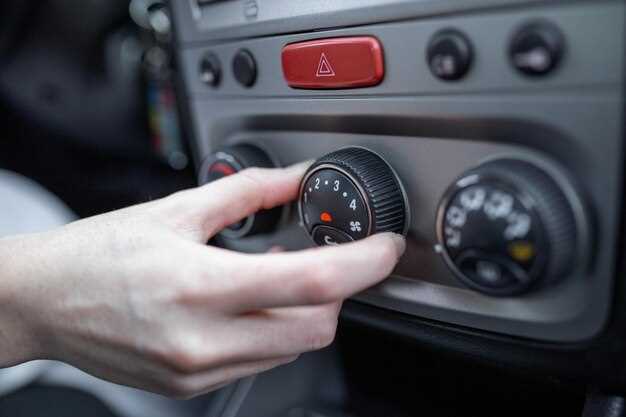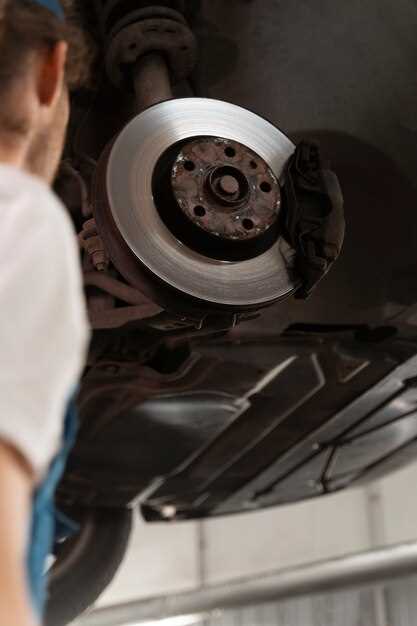
Time attack racing is a thrilling motorsport discipline that focuses on achieving the fastest lap times on a track. Unlike traditional racing, where multiple competitors vie for position, time attack emphasizes individual performance against the clock. This format places a premium on precision, consistency, and strategic planning, making it essential for drivers to master various techniques and approaches to improve their lap times.
To excel in time attack racing, drivers must not only possess a strong understanding of their vehicle’s dynamics but also develop a keen sense of the circuit they are tackling. Analyzing each corner, elevation change, and track surface is crucial for optimizing lap times. Furthermore, effective tire management and choosing the right setup for different weather conditions can significantly influence overall performance.
In this article, we will explore key techniques and strategies that can help drivers refine their skills and enhance their competitiveness in time attack events. From mastering cornering techniques to understanding the importance of data analysis, we will provide insights that cater to both novice and experienced racers seeking to elevate their performance on the track. Prepare to delve into the world of time attack racing and unlock new levels of speed and efficiency.
Mastering Cornering Techniques for Optimal Speed

Effective cornering is essential for achieving maximum speed in time attack racing. Properly executed cornering not only reduces lap times but also enhances overall vehicle control. To master cornering techniques, racers should consider several key principles.
1. Entry Speed: The speed at which you enter a corner significantly impacts your ability to navigate it. Aim to approach corners with a controlled yet aggressive speed. Excessive speed may lead to loss of traction, while insufficient speed can hinder your ability to set up for the exit. Utilize braking zones effectively to reduce speed before turning in.
2. Apex Positioning: Finding the apex, or the innermost point of the corner, is critical. The correct apex allows for a smoother exit and minimizes steering angles. A late apex can promote better drive out of the corner but requires careful timing to avoid compromising mid-corner speed.
3. Trail Braking: This technique involves maintaining slight braking during the initial phase of cornering. By gradually easing off the brakes as you turn in, you transfer weight to the front tires, enhancing grip and allowing for sharper steering. Mastering trail braking can lead to improved cornering speed and stability.
4. Steering Inputs: Smooth and precise steering inputs are crucial for maintaining balance throughout the corner. Avoid abrupt movements, as they can unsettle the car. Instead, focus on gradual inputs that allow both the front and rear tires to maintain optimal contact with the road surface.
5. Exit Acceleration: The way you manage acceleration out of a corner directly influences your speed on the straights. Begin to apply throttle early as you reach the apex, ensuring you do not exceed the grip threshold of the rear tires. Smoothly transitioning to full throttle sets the stage for an efficient exit and maximizes straight-line speed.
6. Vision and Anticipation: Looking ahead is crucial for effective cornering. Focus on the track further down the road rather than directly in front of you. Anticipating the trajectory of the corner allows you to make informed adjustments to your speed and steering, leading to improved overall performance.
Incorporating these cornering techniques into your racing skill set will significantly improve your lap times. Practice is vital; continually refine your approach to various corner types, and analyze your results to optimize your performance on the track.
Utilizing Data Analysis for Improved Lap Times
Data analysis plays a crucial role in enhancing performance in time attack racing. By meticulously gathering and interpreting data from various sources, drivers can identify areas for improvement and devise targeted strategies to lower their lap times.
One of the primary methods of data collection involves using telemetry systems that monitor vehicle dynamics, such as speed, throttle position, brake pressure, and tire temperatures. These metrics provide a comprehensive overview of a vehicle’s behavior on the track, enabling drivers to see exactly where their performance lags. For instance, analyzing throttle application timing can reveal if a driver is losing speed in certain corners, prompting them to adjust their acceleration technique.
Another critical aspect of data analysis is sector timing, where lap times are broken down into individual segments. By comparing sector performance on different laps, drivers can pinpoint specific areas where they are consistently slower. This information allows for a focused approach to practice sessions, as drivers can target particular sections of the track that require refinement, rather than making vague overall improvements.
Utilizing simulation software further enhances data analysis by allowing drivers to model different racing scenarios. They can experiment with variables such as tire compounds, suspension settings, and aerodynamics without the risks associated with on-track testing. This enables drivers to optimize their vehicle setup and strategize race-day decisions based on data-driven insights.
Moreover, comparing data with competitors can reveal critical gaps in performance. Understanding the superior techniques of faster drivers, such as apex points and braking distances, can offer new perspectives and strategies for one’s own driving style.
In summary, leveraging data analysis in time attack racing is essential for achieving optimal lap times. By monitoring key performance indicators, analyzing sector times, utilizing simulation software, and studying competitors, drivers can refine their skills and technical setups, leading to improved racing outcomes.
Choosing the Right Tires and Setup for Track Conditions

Selecting the appropriate tires and vehicle setup is critical for maximizing performance in time attack racing. Different track conditions, such as weather, surface type, and temperature, play a significant role in tire selection and suspension adjustments.
When evaluating tire choices, consider the compound. Softer compounds generally provide better grip at the cost of durability, while harder compounds last longer but may sacrifice traction. In warm, dry conditions, softer tires can offer superior performance; however, in colder or wet conditions, hard tires may be more effective. Additionally, look for tires specifically designed for track use, as they often include features that enhance cornering stability and responsiveness.
Alongside tire selection, the vehicle’s setup is equally crucial. Adjustments to suspension settings, such as ride height, camber, and toe angle, can significantly influence handling characteristics. A lower ride height can lower the center of gravity, improving cornering agility, while proper camber settings ensure maximum tire contact with the track during turns. Fine-tuning these elements based on specific track characteristics allows drivers to enhance grip and stability.
Moreover, track temperature affects tire performance. In high temperatures, tires may overheat, leading to a loss of grip. Conversely, in cooler conditions, tires might not reach optimal operating temperatures quickly, resulting in decreased friction. By monitoring track conditions and making real-time adjustments, drivers can maintain peak performance throughout their laps.
Finally, pre-event testing on the specific track is invaluable. It allows drivers to assess tire performance under actual conditions and make any necessary alterations to both tire choice and vehicle setup before the competition. Gathering data, such as lap times and tire wear, can inform future decisions and strategies, providing a competitive edge.




































